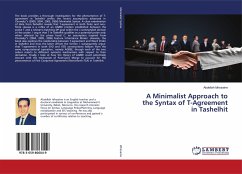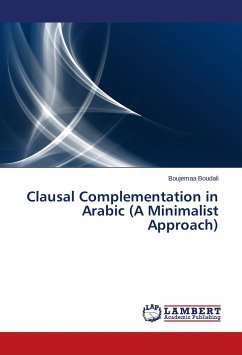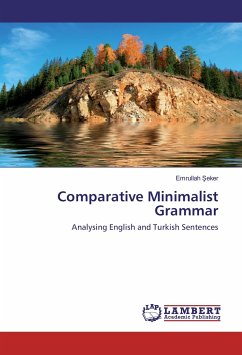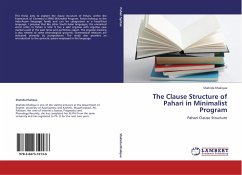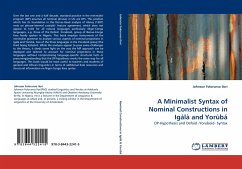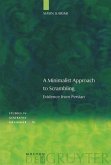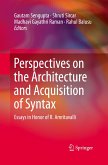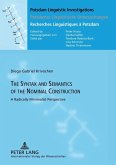The book provides a thorough investigation for the phenomenon of T-agreement in Tashelhit within the recent assumptions advanced in Chomsky s (2000, 2004, 2005, 2006) Minimalist Syntax. A close examination of data from Tashelhit reveals that T-agreement in both finite and non-finite clauses is a reflex of an AGREE relation established between the probe T and a relevant matching DP goal within the c-commanded domain of the probe. I argue that T in Tashelhit qualifies as a potential probe only when selected by the phase head C, an assumption inspired from Chomsky s (2004, 2005, 2006) Feature Inheritance Model. Likewise, the book also explores the relationship between T-agreement and Word Order in Tashelhit and how the latter affects the former. I subsequently argue that T-agreement in both SVO and VSO constructions follows from the same computational operation, namely AGREE, though each of the two orders resorts to different syntactic mechanisms with respect to their derivation. Finally, I look at how the theory of AGREE could potentially interact with the mechanism of Post-Cyclic Merge to account for the phenomenon of First Conjoined Agreement (Henceforth FCA) in Tashelhit.
Bitte wählen Sie Ihr Anliegen aus.
Rechnungen
Retourenschein anfordern
Bestellstatus
Storno

